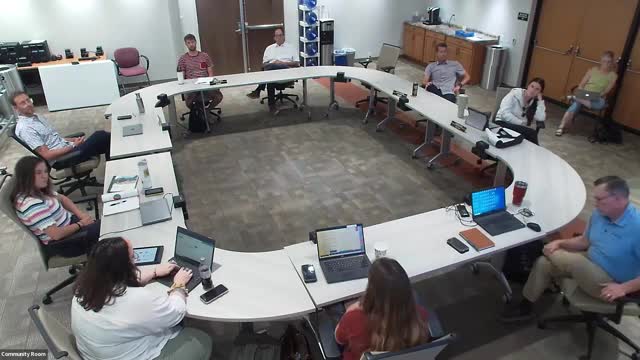Littleton launches ambitious forestry equity initiative
July 24, 2024 | Littleton City, Arapahoe County, Colorado

This article was created by AI summarizing key points discussed. AI makes mistakes, so for full details and context, please refer to the video of the full meeting. Please report any errors so we can fix them. Report an error »

In a recent government meeting, officials discussed significant advancements in urban forestry management, emphasizing the importance of increasing tree diversity and canopy coverage in the community. The conversation highlighted the need for progressive forestry practices, particularly in response to historical inequities in tree distribution, often linked to socioeconomic factors such as redlining.
One of the key initiatives presented was the city's forestry subsidy program, which aims to enhance tree equity by providing financial assistance to residents for planting trees on private property. This year marked the program's inaugural launch, with over 60 applicants already funded and an additional 60 on a waiting list, indicating strong community interest and support. The program is designed to prioritize neighborhoods with lower canopy coverage, ensuring that all residents have equal access to the benefits of urban greenery.
The meeting also addressed the challenges posed by invasive pests, particularly the Emerald Ash Borer, which poses a significant threat to ash trees. Officials outlined proactive measures being taken to manage this issue, including a citywide inventory and risk assessment of trees, which has revealed a concerning number of unhealthy trees that have been removed to mitigate risks to public safety.
In addition to these efforts, the discussion touched on the importance of maintaining existing trees while also planting new ones. A new code has been proposed to strengthen protections for healthy trees, introducing a fee structure for their removal based on the tree's diameter. This initiative aims to discourage unnecessary tree loss and promote responsible urban forestry practices.
The meeting concluded with a focus on community outreach and education, recognizing that effective forestry management requires not only technical expertise but also public engagement and support. As the city moves forward with its forestry management plan, officials expressed optimism about the potential for improved tree health and increased canopy coverage, ultimately benefiting the entire community.
One of the key initiatives presented was the city's forestry subsidy program, which aims to enhance tree equity by providing financial assistance to residents for planting trees on private property. This year marked the program's inaugural launch, with over 60 applicants already funded and an additional 60 on a waiting list, indicating strong community interest and support. The program is designed to prioritize neighborhoods with lower canopy coverage, ensuring that all residents have equal access to the benefits of urban greenery.
The meeting also addressed the challenges posed by invasive pests, particularly the Emerald Ash Borer, which poses a significant threat to ash trees. Officials outlined proactive measures being taken to manage this issue, including a citywide inventory and risk assessment of trees, which has revealed a concerning number of unhealthy trees that have been removed to mitigate risks to public safety.
In addition to these efforts, the discussion touched on the importance of maintaining existing trees while also planting new ones. A new code has been proposed to strengthen protections for healthy trees, introducing a fee structure for their removal based on the tree's diameter. This initiative aims to discourage unnecessary tree loss and promote responsible urban forestry practices.
The meeting concluded with a focus on community outreach and education, recognizing that effective forestry management requires not only technical expertise but also public engagement and support. As the city moves forward with its forestry management plan, officials expressed optimism about the potential for improved tree health and increased canopy coverage, ultimately benefiting the entire community.
View full meeting
This article is based on a recent meeting—watch the full video and explore the complete transcript for deeper insights into the discussion.
View full meeting
